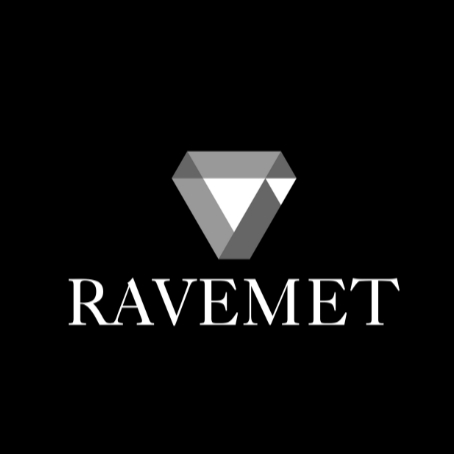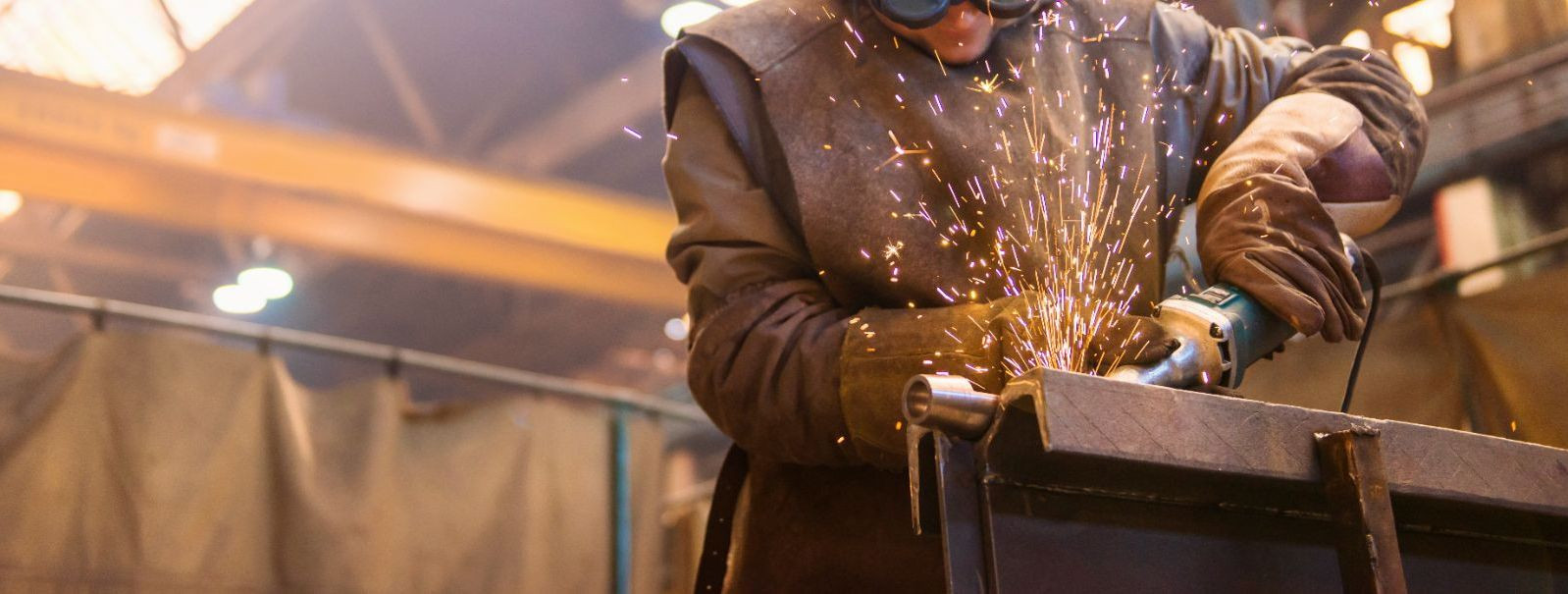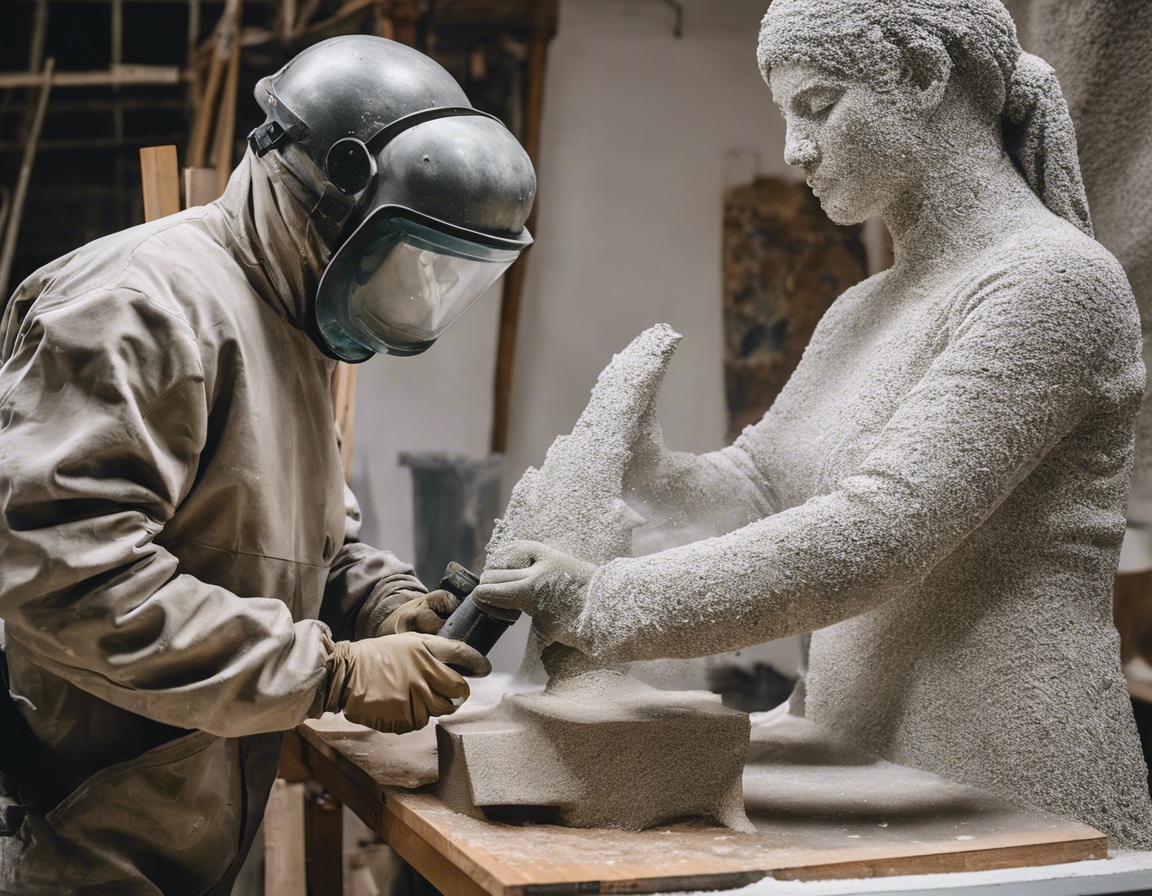The future of welding: innovations to watch
The welding industry stands at the cusp of a technological revolution. As we move forward, the integration of advanced technologies is set to redefine the way welding is performed, promising increased efficiency, quality, and safety. In this blog post, we will explore the innovations that are shaping the future of welding and what they mean for industrial and manufacturing businesses, skilled trade professionals, and construction companies.
Technological Advancements in Welding
The advent of automation and robotics in welding is transforming the production landscape. Robotic welding systems are becoming more adept at handling complex tasks with precision and consistency, reducing human error and increasing productivity.
New welding techniques such as friction stir welding, laser welding, and electron beam welding are pushing the boundaries of what can be joined, enabling the creation of stronger, more durable welds in a variety of materials.
Innovations in materials and consumables are also contributing to the advancement of welding. The development of new filler materials and fluxes that offer improved performance characteristics is enabling welders to achieve better results with less waste.
Welding in the Age of Industry 4.0
Welding equipment is increasingly becoming connected, allowing for real-time monitoring and control. The Internet of Things (IoT) is enabling smarter, more connected welding solutions that can adapt to changing conditions and requirements.
With the collection and analysis of big data, predictive maintenance is becoming a reality in welding. This allows for the anticipation of equipment failures and the scheduling of maintenance to avoid costly downtime.
AR and VR technologies are finding their way into the welding industry, offering new ways to train welders and assist in complex welding operations. These technologies provide immersive experiences that can accelerate learning and improve precision.
Environmental Sustainability in Welding
As environmental concerns become more pressing, the welding industry is responding with green welding technologies. These innovations aim to reduce the environmental impact of welding operations through cleaner processes and more sustainable materials.
Efforts to increase recycling and resource efficiency in welding are gaining traction. By optimizing material usage and recycling waste, the industry can significantly reduce its environmental footprint.
Education and Training for the Next Generation of Welders
The use of virtual training simulators in welding education is on the rise. These simulators provide a safe and cost-effective way for new welders to gain experience and hone their skills.
Collaborations between the welding industry and educational institutions are essential for preparing the next generation of welders. These partnerships help ensure that training programs are up-to-date with the latest technologies and industry needs.
Challenges and Considerations
While the future of welding is bright with technological innovations, adapting to these changes poses challenges. Companies must invest in new equipment and training to stay competitive.
As welding technologies evolve, so too must the regulatory and safety standards that govern them. Ensuring compliance and protecting workers will remain a top priority for the industry.






Comments (0)